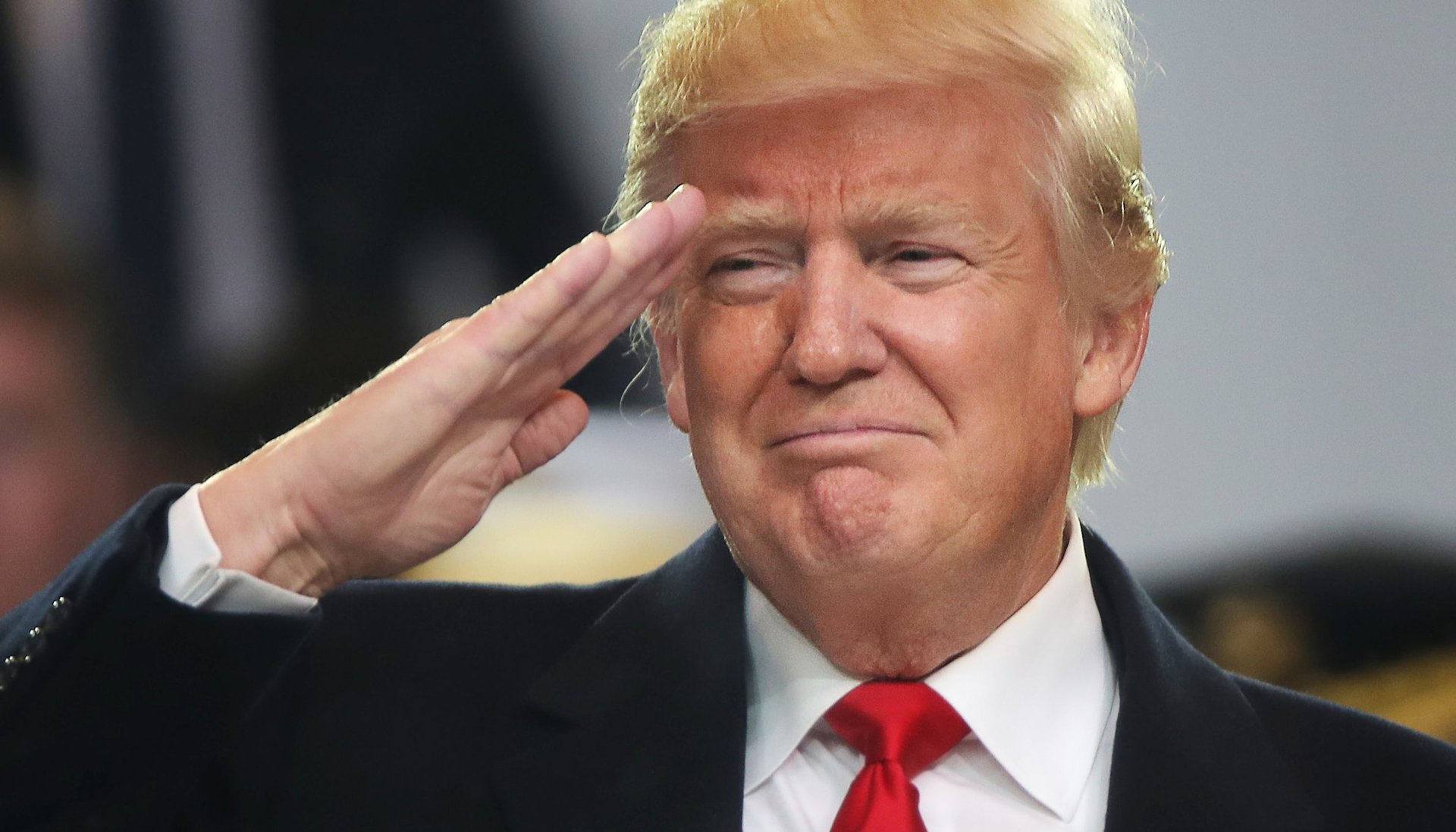Donald Trump’s use of fascist language forebodes a dark American future
On Jan. 20, US president Donald Trump was sworn in on the steps of the capitol building in Washington DC, and promptly gave a dark and foreboding inaugural speech that depicted a nation in crisis. Pundits and analysts around the world noted Trump’s chest-thumping “America First” rhetoric as unprecedented, with many declaring it the most “nationalist” address since World War II. First among them was my mentor and friend Ian Bremmer:


On Jan. 20, US president Donald Trump was sworn in on the steps of the capitol building in Washington DC, and promptly gave a dark and foreboding inaugural speech that depicted a nation in crisis. Pundits and analysts around the world noted Trump’s chest-thumping “America First” rhetoric as unprecedented, with many declaring it the most “nationalist” address since World War II. First among them was my mentor and friend Ian Bremmer:
Or was it? Semantics aside, Trump’s description of the world’s richest and most powerful country in the world as “American carnage” is really too dark to be labeled nationalist, while his insistence that American greatness can only be achieved at the expense of other countries actually flies in the face of the major strains of postwar American nationalism. That thinking emphasized the idea that American greatness would lift up the rest of the world, and be furthered by engagement with it (even if that “engagement” was forceful). As such, although Trump’s angry “America First” posturing is certainly new to the American presidency, it is probably not its most nationalist expression.
Instead, we analysts must call a spade a spade: While falling short of outright fascism, Trump’s speech was almost certainly the most fascistic inaugural address in American history. Trump mixed a profoundly zero-sum political and economic nationalism with both a deeply negative rejection of the current order and a populist appeal to past glory.
To be sure, the speech was not outright fascist. It lacked an explicit endorsement of authoritarian rule or (white) America’s ethno-religious superiority, both critical elements of a fascist creed. Implicit elements of both were present, however: Only a very strong state could ever deliver on Trump’s grandiose promises (almost surely at the expense of liberty), and white ethno-nationalism has never been far from Trump’s conception of America or its patriots. But the distinctions here are important and not to be overlooked. Trump is no Hitler or Mussolini.
That said, he is no Kennedy—or Reagan—either, and the analyst’s recourse to “nationalism” to describe Trump’s rhetoric is a potentially consequential misnomer. It misses the president’s stark and intentional contrast between a horrible present and a glorious past and future, as well as the aggressively anxious measures he is proposing to right the ship–trade protectionism, immigration restrictions, and similar autarkic prescriptions.
Adding the term “populism” helps capture some of the latter—as well as the “virtuous people vs. corrupt elites” dynamic employed by political insurgents throughout time. But it doesn’t capture Trump’s visceral, emotional appeal to reestablish some lost world of American greatness. It also fails to account for the president’s strong-armed reliance on “loyal” corporations to do the state’s bidding.
Those are hallmarks of fascism—no matter the historical baggage attached to the term. And that is what is most unique about our new president.